The only truly novel variety of merchant ship to arrive in the years after WWII was the offshore service vessel, designed to cater to the increasing needs of the offshore oil and gas industry. Until WWII, offshore drilling was done with the rig on a permanant platform, often a pier extending from shore, or a barge that was simply submerged, with the limiting depth that of the barge's freeboard. But after the war, improved technology allowed drillers to work much further out at sea, and making it harder to supply them with everything they needed, from drill pipes and tools to food, fuel and fresh water. Initially, converted landing craft were used for this purpose, but they were unsatisfactory, and something better was needed.
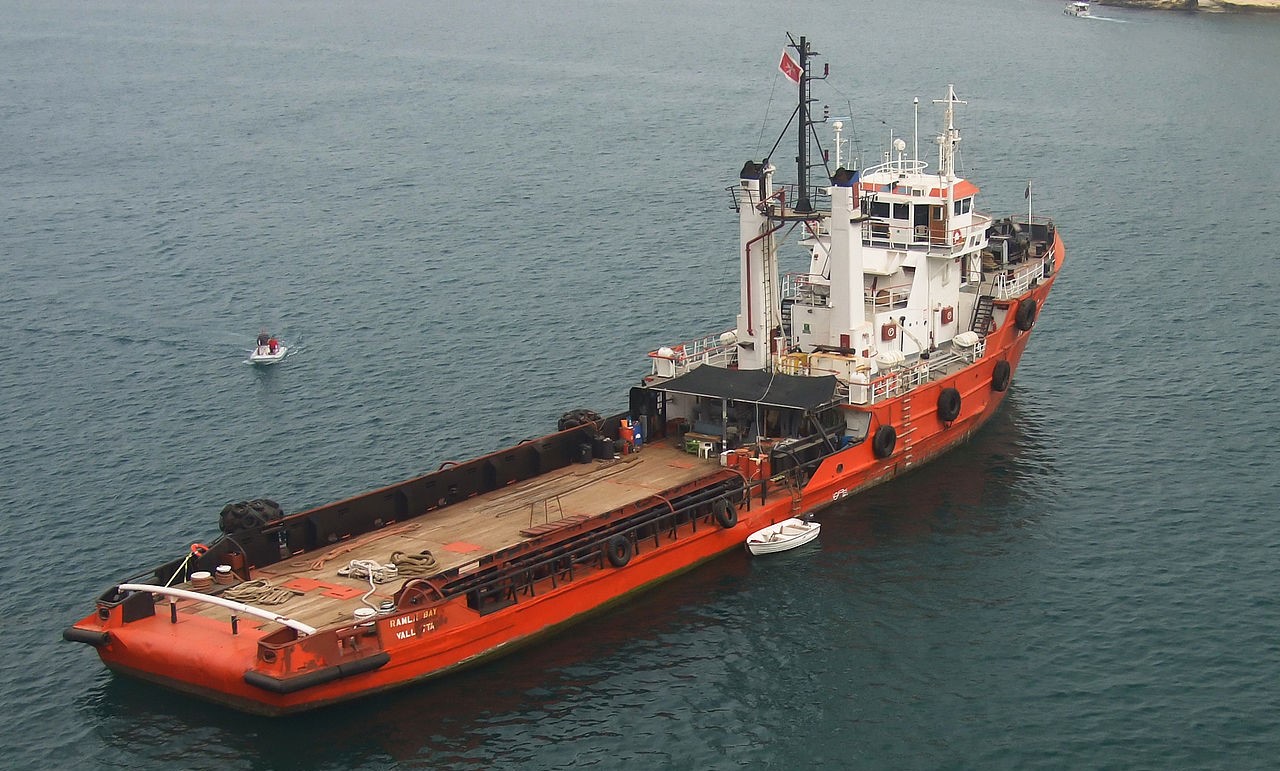
Ramla Bay, the earliest supply vessel I could find a picture of
Alden 'Doc' LaBorde, president of a Louisiana company specializing in offshore drilling, came up with the solution, starting from a blank sheet of paper. The resulting vessel, Ebb Tide, was extremely odd-looking, with a bridge salvaged from a tugboat far forward and a low-freeboard open deck aft that took up 90 of the vessel's 119-foot length. In operation, it would come alongside the rig, where a crane would lift off the cargo on the deck, and hoses could be rigged for the water and fuel stored in tanks within the ship. The whole thing was deliberately kept very simple, allowing the ship to operate from whatever bayou happened to be closest to the drill site, and proved a tremendous success in operations in the Gulf of Mexico. Sisters of Ebb Tide, dating back to the 50s, remained in service for forty years. Read more...

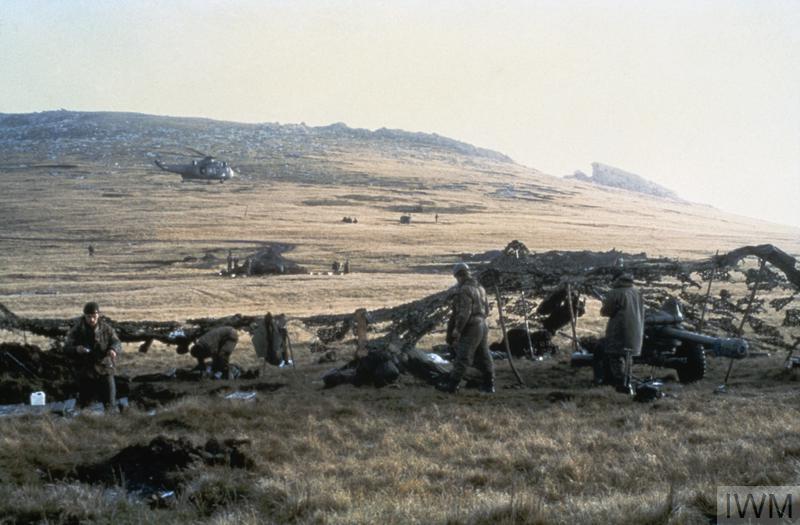
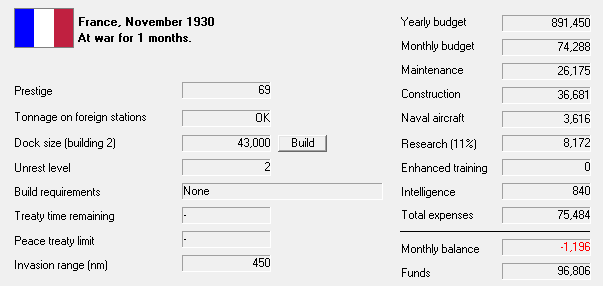

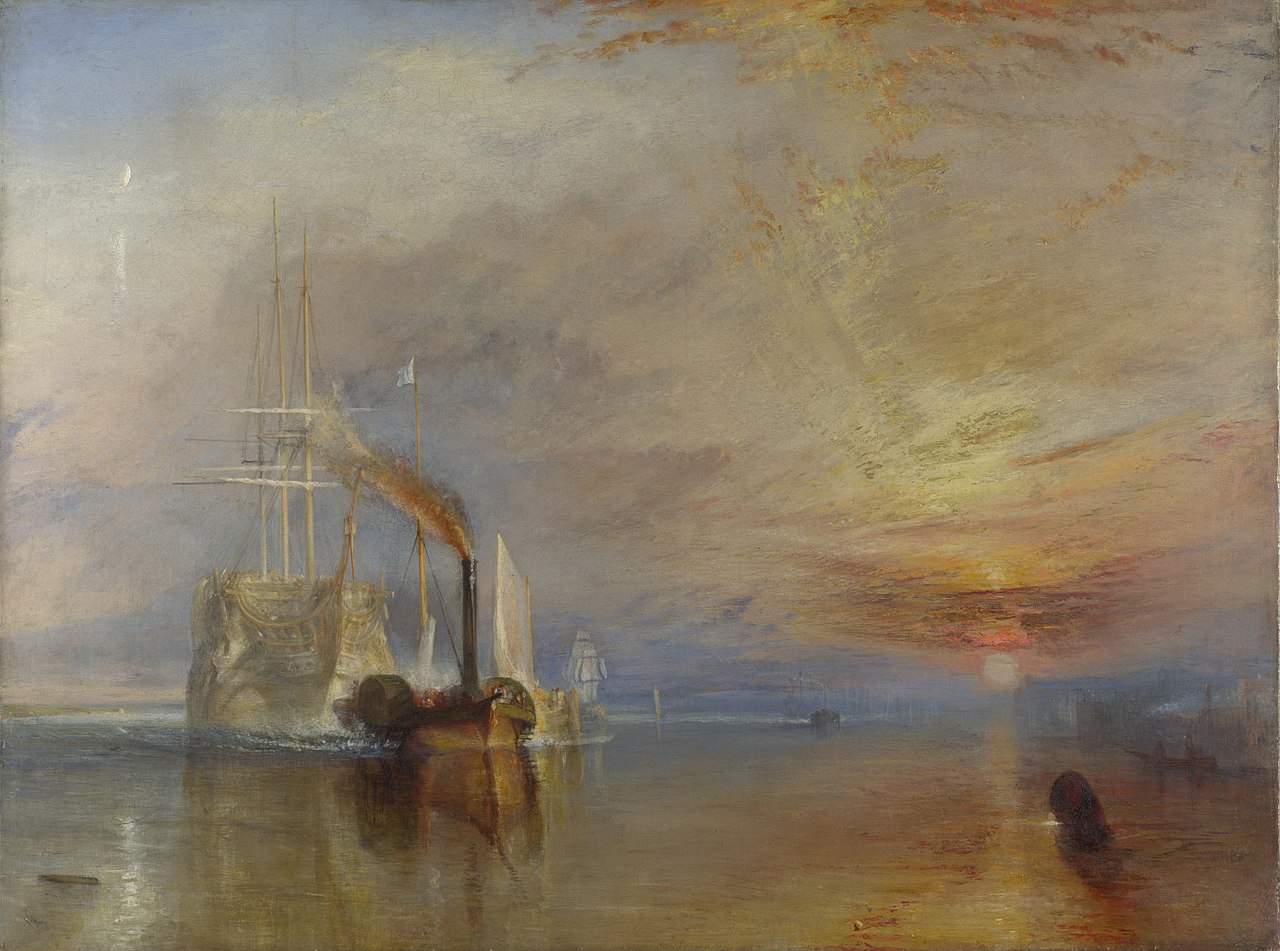
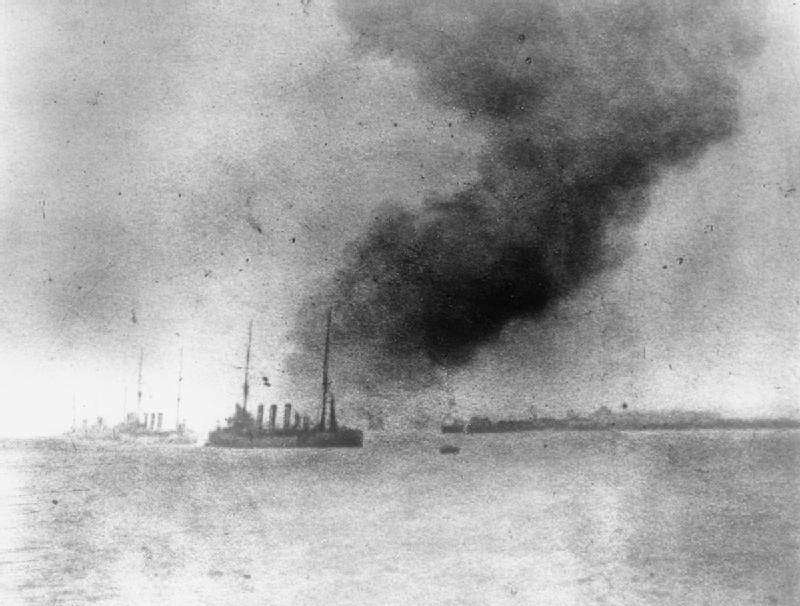
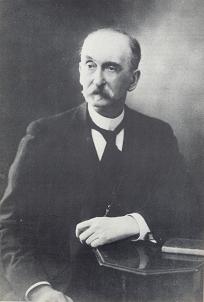
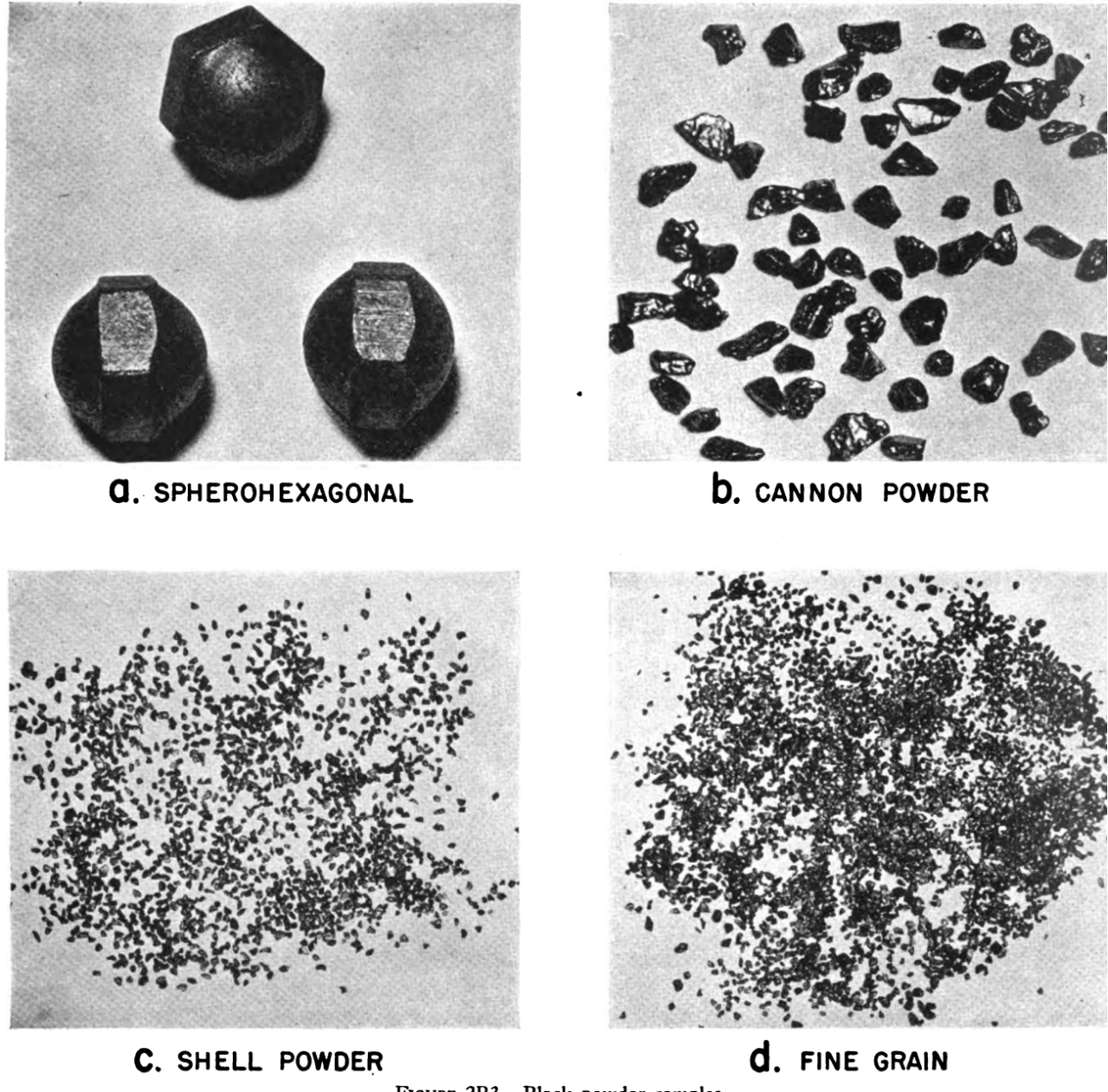
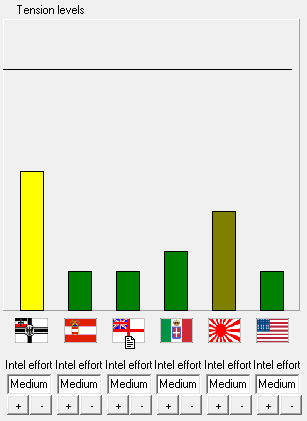
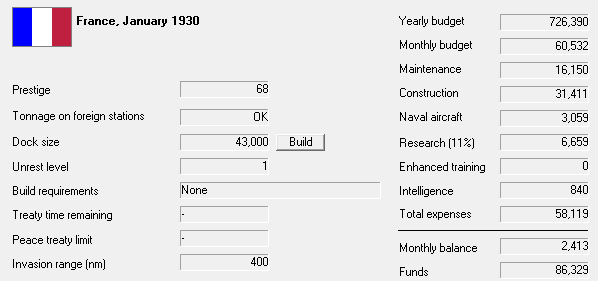
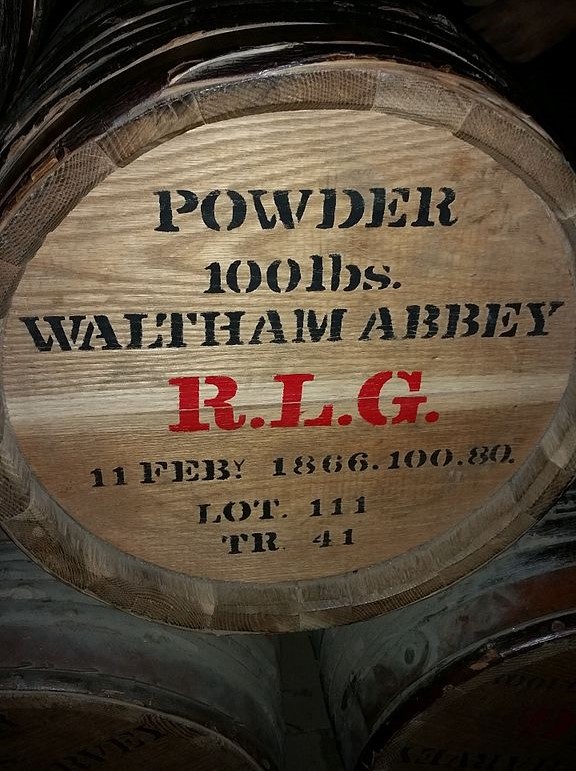
Recent Comments